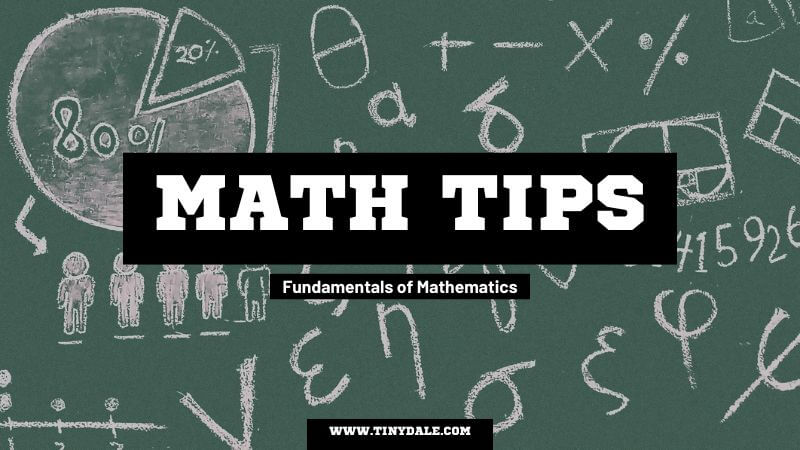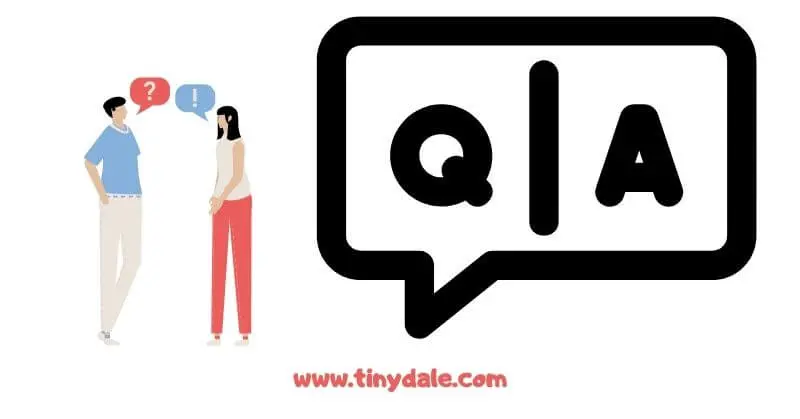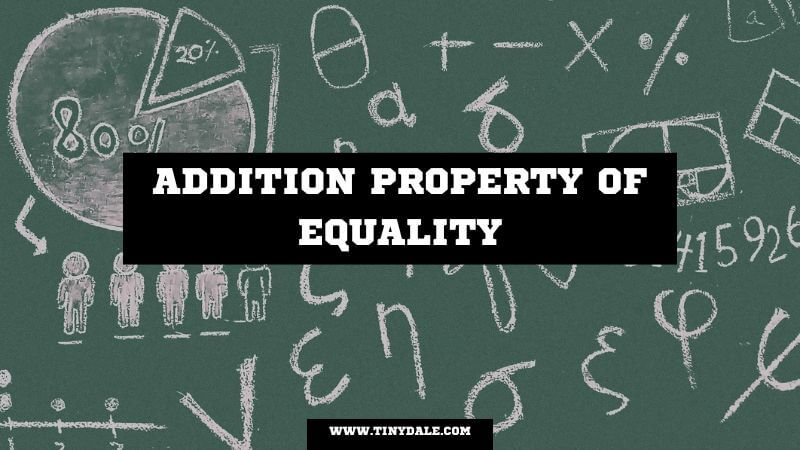The addition property of equality is a fundamental concept in mathematics. This guide provides tips and tricks to help you master it and solve equations with ease.
What is the Addition Property of Equality?
The addition property of equality is a basic principle in mathematics that states that if you add the same number to both sides of an equation, the equation remains true.
This concept is essential for solving equations and understanding algebraic operations.
In this guide, we’ll explore the addition property of equality and provide tips and tricks to help you master it.
Basics of the Addition Property of Equality
Before diving into tips and tricks, it’s important to have a solid understanding of the addition property of equality.
Simply put, this principle states that if you add the same number to both sides of an equation, the equation remains true.
For example, if you have the equation 2x + 3 = 9, you can use the addition property of equality to add -3 to both sides, resulting in 2x = 6.
This concept is essential for solving equations and understanding algebraic operations.
Practice solving simple equations using this Property

The best way to master the addition property of equality is to practice solving simple equations using this principle. Start with basic equations like 2x + 4 = 10 or 3y – 5 = 7 and use the addition property of equality to isolate the variable on one side of the equation.
As you become more comfortable with this concept, move on to more complex equations and apply the same principle.
Always add the same number to both sides of the equation to maintain its truth. With practice, you’ll be able to easily solve equations using the addition property of equality.
How to Apply the Addition Property of Equality to More Complex Equations?
Once you have mastered the addition property of equality with simple equations, it’s time to move on to more complex ones.
The key is to break down the equation into smaller parts and apply the addition property of equality to each part.
For example, if you have an equation like 4x + 3y – 2 = 10, start by isolating the variable with the highest coefficient (in this case, 4x) by adding or subtracting terms on both sides of the equation.
Then, move on to the next variable with the highest coefficient (3y) and repeat the process until you have isolated all the variables on one side of the equation.
With practice, you’ll be able to apply the addition property of equality to even the most complex equations.
Addition Property of Equality to Solve Real-World Problems
The addition property of equality is not just a mathematical concept, it can also be applied to real-world problems.
For example, if you are trying to budget your monthly expenses, you can use the addition property of equality to balance your income and expenses.
Start by adding up all your sources of income, then add up all your expenses. If your expenses are greater than your income, you can use the addition property of equality to find ways to reduce your expenses or increase your income.
By applying this concept to real-world problems, you can improve your financial literacy and make better decisions about your money.
Review and Practice Regularly
Like any other mathematical concept, mastering the addition property of equality requires regular review and practice.
Make sure you understand the basic principles behind the concept, such as the fact that you can add the same number to both sides of an equation without changing its value.
Then, practice solving equations using the addition property of equality until you feel confident in your abilities. You can find practice problems online or in math textbooks, and you can also create your own equations to solve.
By reviewing and practicing regularly, you can solidify your understanding of the addition property of equality and become more comfortable using it in a variety of contexts.
Frequently Asked Questions


What is an example of the addition property?
Examples is 4 + 2 = 2 + 4 4 + 2 = 2 + 4 4+2=2+44, plus, 2, equals, 2, plus, 4.
What are the 4 properties of equality?
- Addition
- Subtraction
- Multiplication
- Division.
What is the addition and subtraction property of equality?
The same number may be added (or subtracted) from both sides of an equation without changing the equation’s solution. Source
What is addition property of equality symbols?
if a = b, then a + x = b + x
What is addition property of equality example problems?
The example is given as 2x + 7 = y + 7. Here, 7 is added to both sides, so if we remove it from both sides, the equation will still be true. This implies, 2x = y. Source
- Commutative property.
- Associative Property.
- Distributive Property.
- Additive Identity Property.
What is the formula for equality?
The equality between A and B is written A = B, and pronounced “A equals B”. The symbol “=” is called an “equals sign”. Two objects that are not equal are said to be distinct. Source
Also Read: 10 Ways To Understand the Identity Property of Addition in Math
Tinydale is on YouTube, Click here to subscribe for the latest videos and updates.
Follow Us: Facebook | Instagram | Twitter | Youtube | Pinterest

